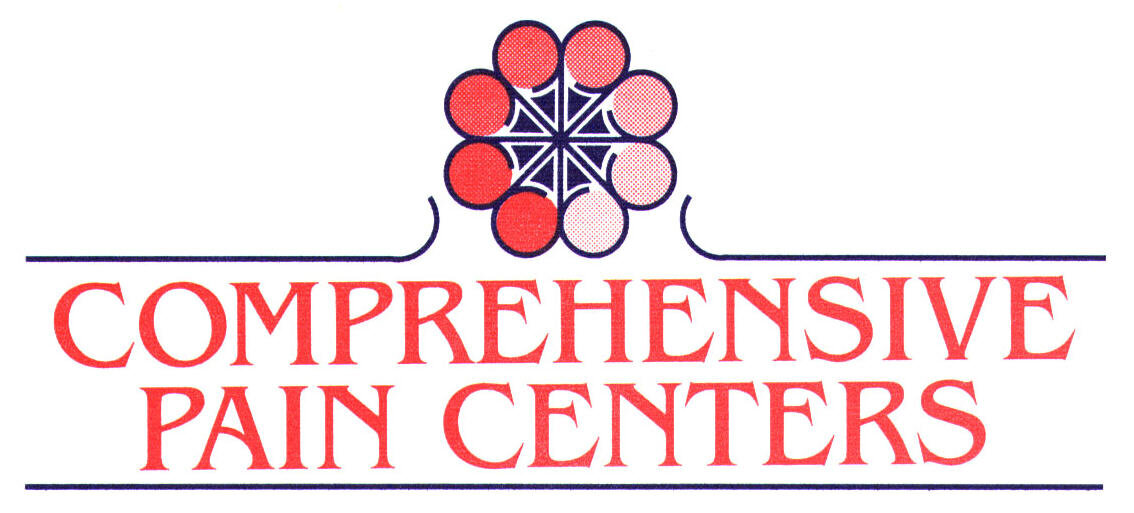Vertebrogenic Back Pain
What is vertebrogenic back pain?
The cause of chronic low back pain is notoriously hard to diagnose. The spine’s intervertebral discs are the usual suspects; but, when disc-related treatments don’t help ease the pain, the root of the problem could very well be something else.
Basivertebral nerve (red) and vasculature (blue).
There is a potential and often overlooked source, the vertebral endplates. These are what cause vertebrogenic chronic low back pain. It is an acute or chronic pain in the back, which can include the thoracic, lumbar, sacral or adjacent regions. The pain can have many qualities and a number of causes, as well as just as many treatment options — physical therapy, spinal manipulation, injections and in some cases, surgical correction.
More nerves source from your vertebral endplates than your spinal discs. More nerves mean more potential for pain. And, just like other areas of your spine, such as your discs and joints, these vertebral endplates can degenerate. This increases your risk for pain, especially chronic pain.
One new treatment option?
A recent study not only proved the reality of vertebrogenic back pain but that is can be effectively treated via basivertebral nerve ablation. A basivertebral nerve ablation is performed on an outpatient basis. The Intercept uses fluoroscopic guidance to introduce a cannula through the pedicle. A curved cannula is employed to create a channel to the trunk of the basivertebral nerve. There a radiofrequency probe is inserted and placed at the nerve, which is then ablated, using a radiofrequency generator.
Surgeon Demonstrates Treatment of Low Back Pain with Basivertebral Nerve Ablation Video
The low back, or lumbar spine, bears the most weight in your spine—and that puts pressure on the structures in your low back. Because your endplates are situated between a cushiony disc and the hard, bony vertebral body (both of which are under pressure, too), they are vulnerable to degeneration and nerve damage that contributes to chronic low back pain.
The endplates and vertebral bodies are sourced by a network of intraosseous nerves.
Intraosseous nerves are nerves that live within bone. A type of intraosseous nerve called the basivertebral nerve (or BVN) weaves through the vertebral bodies. As previously mentioned, researchers have recently linked it as a potential cause of chronic low back pain.
Nerve pain within the spine has long been linked to discs that have degenerated—your doctor may refer to this as “discogenic pain.” But, a new term has emerged: “vertebrogenic pain.” If your doctor discovers that your endplates are the origin of your chronic low back pain, this is the term they may use to diagnose it. They might then recommend a treatment option called the Intracept® Intraosseous Nerve Ablation System (Relievant Medsystems), which addresses BVN nerve pain through a minimally invasive approach.
You may be a candidate for this procedure if you meet the following criteria:
You’ve struggled with chronic low back pain for at least 6 months
Your pain hasn’t reduced with at least 6 months of conservative therapy
Your MRI results show Type 1 or Type 2 Modic changes (or similar) that correlate your symptoms of vertebrogenic low back pain
The procedure is performed using fluoroscopy (real time x-ray) and begins with the insertion of a thin tube (called a cannula) into a vertebral pedicle. The pedicle is a stem-like structure that protrudes from the back of the vertebra (and each vertebra has 2 pedicles).
This cannula creates a tunnel to the basivertebral nerve. The doctor then places the Intracept Radiofrequency Probe in the path to the nerve created by the cannula, and ablates the nerve with the help of a radiofrequency generator.
Since it’s a minimally invasive procedure, Intracept can be performed in an outpatient facility—so you’ll be able to go home the same day. Plus, the devices used in the procedure do not stay implanted in your spine; they are removed at the completion of the procedure. Your doctor will help set expectations around how long pain relief may last. In one study, benefits were shown to be durable for up to two years!


